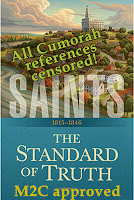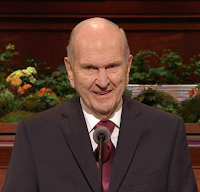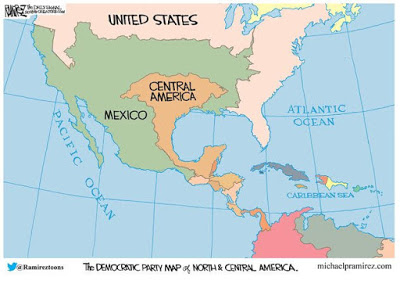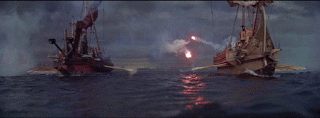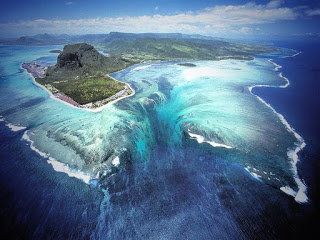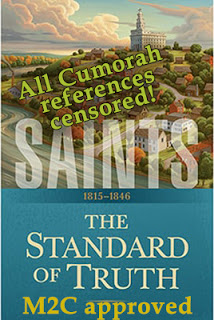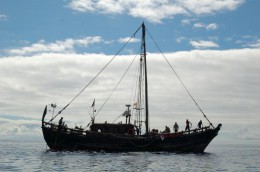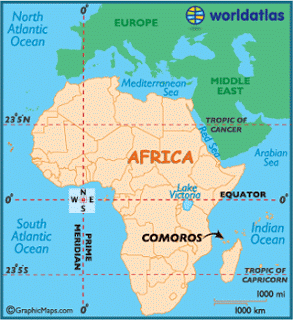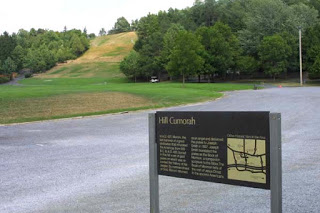Non-neutral "Neutrality" in Gospel Topics
For example, the editors of Saints invoked “neutrality” as a justification for the false narrative present they created in that book (i.e., supposedly accurate historical figures in Church history who never heard of Cumorah).
See my discussion here: https://saintsreview.blogspot.com/2018/10/the-historians-explain-censorship-in.html
Likewise, Book of Mormon Central Censor invokes the “neutrality” concept to justify it’s strong advocacy of M2C and its censorship of anything that contradicts M2C.
As used by these intellectuals, “neutrality” is a pretext for censoring and rejecting the teachings of the prophets.
Let’s see how this works.
_____
The editors of Saints cited the “Gospel Topics Essay” on DNA. This is a favorite reference for Book of Mormon Central Censor, as well, along with the Encyclopedia of Mormonism.
Why?
Because these reference books were written by and cite only M2C advocates. There is nothing–absolutely nothing–neutral about them.
I’ve discussed the EoM before, so let’s look at the Gospel Topics essay.
_____
Here’s the link:
https://www.lds.org/topics/book-of-mormon-and-dna-studies?lang=eng
Because today’s topic is the supposedly “neutral” position on geography, I won’t discuss the DNA issue here.
Instead, I’ll focus on three paragraphs, with their accompanying footnotes.
Two things to notice.
1. The essay never quotes the scriptures. Instead, it relies on inferences and commentary by M2C scholars.
2. I searched in my browser for the term “neu” as in neutral or neutrality, and nothing came up. Maybe my browser was having a bad day, but I didn’t notice the term when I read the essay, either. If it is in there, email me and show me where.
Original in blue, my comments in red. I put the footnotes right after they are cited in the text. Quotes within quotations are in purple.
If the purpose of these Gospel Topics essays is to inform and educate, censoring and avoiding the teachings of the prophets is counterproductive.
Critics who focus on early concepts of a hemispheric setting are focusing on what some of Joseph’s contemporaries speculated, not on what Joseph actually taught. That should be made crystal clear in this DNA essay.
M2C requires that the Nephites were a subset of a much larger, sophisticated culture, but neither Joseph Smith nor the Book of Mormon required or even implied such an idea.
Normally, we learn from what the prophets and apostles teach, and they have consistently and persistently taught that Cumorah is in New York. No prophet or apostle has ever modified, questioned, or repudiated these teachings.
This essay’s approach sets a precedent for some future scholar to insert a footnote to the effect that “the Church” is “neutral” about any topic taught by the prophets that the particular scholar disagrees with.
This DNA essay causes confusion by not informing readers of these two distinct and clear teachings. Instead, it conflates the two teachings, just as the M2C intellectuals have been doing for decades.
It’s a transparent effort to exalt the scholars over the prophets.
So far, no historian has come up with any evidence that Joseph was involved with any of these articles, apart from a “stylometry” analysis that is highly suspect at best because the authors refuse to make public their assumptions, database, or software.
If this Gospel Topics essay is intended to reflect a position of “neutrality” regarding Book of Mormon geography, it needs to be revised to eliminate or at least mitigate the uniform and strong M2C orientation it currently has.
Source: Book of Mormon Wars
